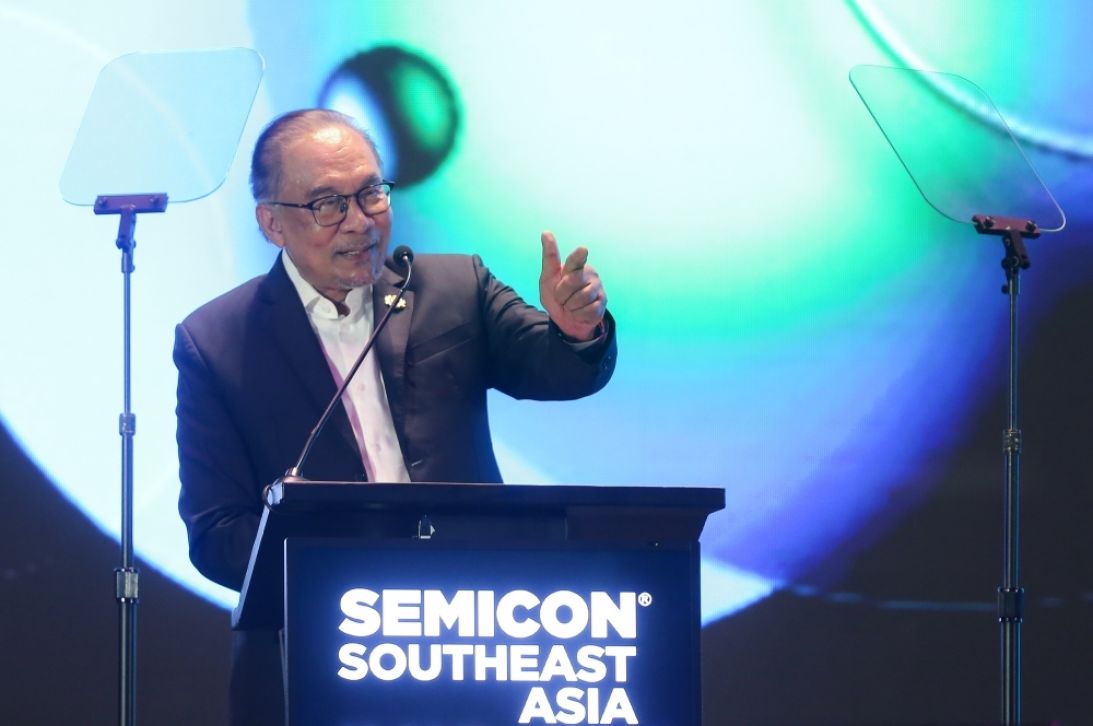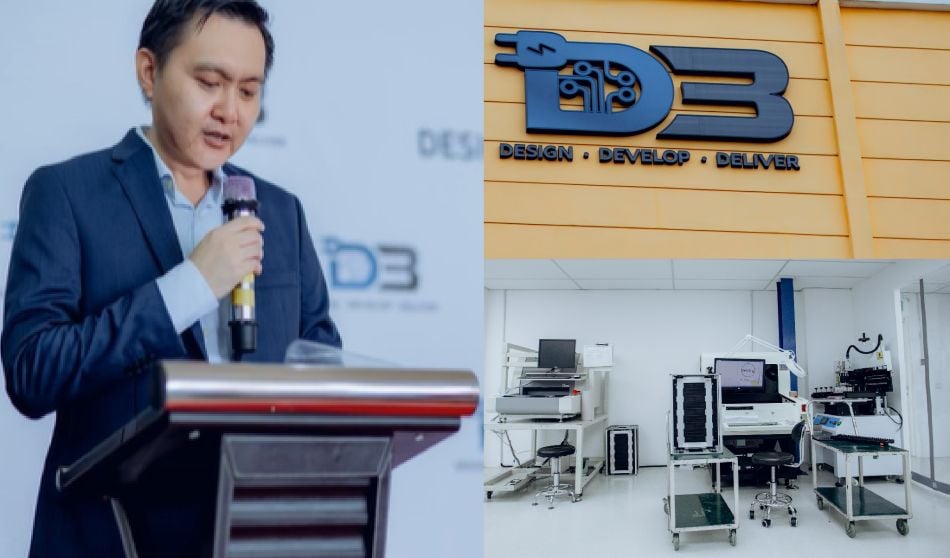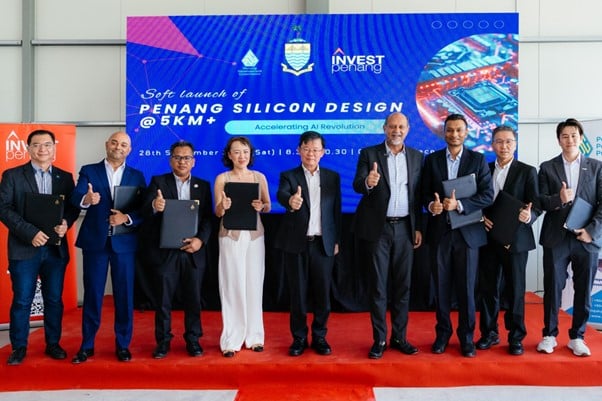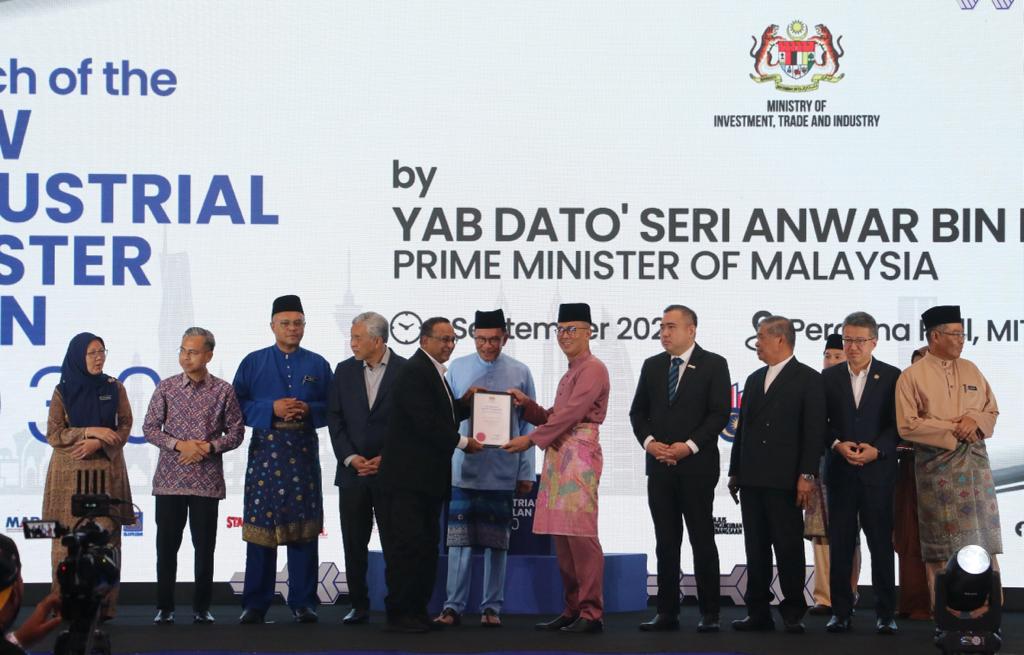Semiconductor Industry in Malaysia: Then and Now
Malaysia's semiconductor journey began in the 1970s, initially focusing on manufacturing and assembly. The country leveraged its cost-effective labor and abundant resources to attract multinational companies. Today, Malaysia holds nearly 7% of the global semiconductor market, with exports reaching MYR593 billion (US8 billion) in 2022 and projections indicating a rise to MYR1.2 trillion (US0 billion) by 2030.
Strategically located in the ASEAN region, Malaysia enjoys seamless access to major markets and boasts robust infrastructure, creating a solid foundation for success. Government support has also played a crucial role in this growth; recently, Prime Minister Dato’ Seri Anwar Ibrahim announced a MYR25 billion (US.8 billion) allocation for the National Semiconductor Strategy (NSS), emphasizing fiscal support and targeted incentives.
Furthermore, the New Industrial Masterplan (NIMP) 2030 aims for a 6.5% annual growth in manufacturing, targeting a significant MYR587.5 billion (US7 billion) contribution to Malaysia’s GDP by 2023. Together, these elements underscore Malaysia's commitment to advancing its semiconductor industry and strengthening its position on the global stage.

Prime Minister Dato’ Seri Anwar Ibrahim during his speech at SEMICON SEA KL 2024. Image Credit: Yusof Mat Isa
Thriving Local Semiconductor Ecosystem
Malaysia's supply chain is fortified by a strong pool of local equipment manufacturers and emerging companies specializing in design, AI, and integrated circuit (IC) development.
Via the various Malaysian ministries and agencies, including Malaysia Digital Economy Corporation (MDEC) and Malaysia Digital (MD) status companies such as Infinecs, D3 Innovation, MaiStorage and Oppstar, have been pivotal in this transformation, pushing the envelope and setting new standards.
Infinecs Systems selected as one of the Mission-Based Champion (MBP) for the National Industrial Master Plan 2030. Image Credit: Malay Mail
-
- Focus: IC/SoC design, embedded system design, and prototyping.
- Achievements: Supports Fortune Global 500 companies with cutting-edge technologies, including sub-7 nm finFET technology.
- Local Impact: 88% of employees are Malaysians, with 70% earning over MYR5,000 (US ,167).
-

KK Tan, D3 Innovation’s Managing Director during the recent launch of their new factory in Bukit Mertajam, Penang. Image Credit: D3 Innovation
2. D3 Innovation- Role: Original design and manufacturing (ODM) player specializing in IoT-enabled products.
- Innovations: Enhances smart manufacturing and optimizes supply chains with real-time tracking and ESG compliance.
-

Caption: Dato’ KS Pua sharing MaiStorage plans during the launch of Southeast Asia’s largest IC Design Park in Selangor, lead by Selangor Information Technology & Digital Economy Corporation (SIDEC). Image Credit: Soya Cincau
3. MaiStorage- Focus: Innovation in NAND storage technology.
- Goals:Aims for IPO while addressing the demands of data centers, AI, and the automotive industry. Launched low-cost AI solution, aiDAPTIV, to facilitate AI entry for newcomers.
-
4. Oppstar
- Milestone: First publicly listed Malaysian IC design company, showcasing the country's capabilities in the semiconductor space.

Caption: The soft launch of “Penang Silicon Design @5km+”, an interconnected ecosystem for IC design and technology companies by the Penang State Government & spearheaded by InvestPenang. Image Credit: YB Gobind Singh Deo
Collaborative Environment
The success of Malaysia's semiconductor industry is bolstered by collaborations among local and international firms, research institutions, and government agencies. Key players in Penang's semiconductor ecosystem include:
- MITI: Promotes trade, industry, and investment.
- MIDA: Supports investors with project development and regulatory compliance.
- Invest Penang: Facilitates business setup and investment opportunities.
- Digital Penang: Accelerates digital transformation.
- CREST: Boosts collaborative R&D and talent development.
- NCIA: Drives socioeconomic development in the Northern Corridor Economic Region.
- PSDC: Provides industry-relevant training and upskilling programs.
The Way Forward
With regional competitors stepping up, Malaysia must remain agile by:
- Investing in R&D: Doubling down on research to foster innovation.
- Enhancing Talent Development: Building a skilled workforce to meet industry demands.
- Strengthening Infrastructure: Supporting production and distribution capabilities.
- Fostering International Partnerships: Collaborating with global R&D leaders.
Together with MD status companies like Infinecs Systems, D3 Innovation, MaiStorage, and Oppstar, MDEC is transforming Malaysia's digital landscape. Initiatives such as the Malaysia Digital Export Grant (MDXG) and the MD Founders Center of Excellence (FOX) program aim to cultivate high-potential startups through targeted support, including market access programmes to broaden their international reach. These efforts are designed to enhance Malaysia's global competitiveness and facilitate the growth of its tech ecosystem.
As Malaysia continues to build on its strengths and expand its influence, it is poised to solidify its position in the global semiconductor arena.
For more information on Malaysia's digital initiatives and the semiconductor industry, visit MDEC.
This article is sponsored by Malaysia Digital Economy Corporation (MDEC).
We can share your story at e27, too. Engage the Southeast Asian tech ecosystem by bringing your story to the world. Visit us here to get started.









 US 14825
US 14825  GB 10565
GB 10565  CA 9187
CA 9187  AU 6223
AU 6223  BR 1876
BR 1876  IE 1443
IE 1443  NZ 1413
NZ 1413  MY 1053
MY 1053 

